Pierce the Devlog!
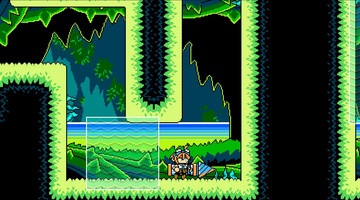
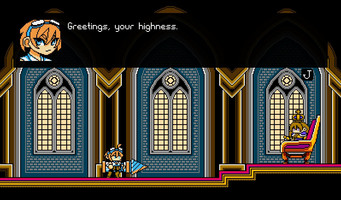
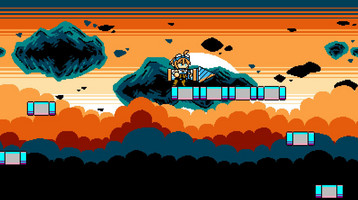
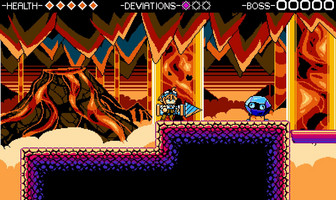
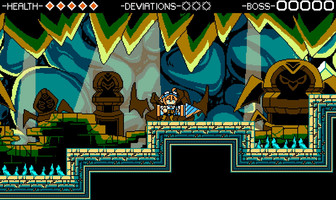

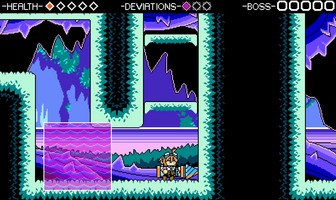
Making games is hard and highly exhausting, often you will get demotivated and question not only the design and development of the game, but yourself. The amount of mental drain that exists behind any type of project is really high, and it just escalates as time goes on, but it isn't all black or white.
After a few years of questioning and struggling with our own life and ourselves, we learned the most important thing; don't give up.
If you fail, you simply try again. If you fall a-thousand times, you get up a-thousand-and-one times. With the right mindset you can do whatever you propose to, even pierce the heavens!
We're Badlife Games, a team formed by Geomont and None, and today we'll show you how we developed:
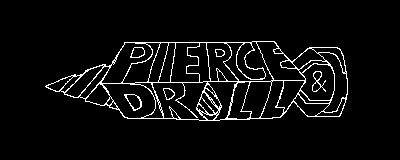
Part 1: Choosing the idea
The first thing we decided was that we wanted to make a classical platforming game, focused on level design and unique mechanics. As we have been doing, we decided to work with GameMaker Studio 1.4, as it is the engine that we better know.
Once the theme was announced, we started brainstorming. Here are some of the ideas:
| Number | Idea | Game Inspiration |
| 1 | A main character with a curse that is killing him slowly. He losses his abilities at the same time the time is going forward, so the player requires to make the strategies and use the scenario to reach the goal as fast as possible, or sacrifice maximum health to regain his abilities indefinetely. | Bloodstained: Curse of the Moon, Neon White |
| 2 | Every level has a mission to accomplish. As a consequence of completing those missions, there is some kind of magical or funny effect. These effects could be optional and may work as a reward for exploration. | Mario Wonder, Kirby's Dream Land 3 |
| 3 | Making a game with a branching story. Depending on your ability completing the levels you could get one route or another. It would require multiple endings related to the way you completed the levels. | Sonic Adventure 2,Shadow the Hedgehog, Undertale |
| 4 | Create non-linear levels with some puzzle elements. Use the idea of the butterfly effect, activate and deactivate objects of the levels and create a line of causes and consequences until you finish the levels. | Puzzle games in general |
| 5 | Allow the player to choose the level that he wants to play. Depending on the order that he completes the levels, those could affect the other levels. For example, if you make a volcano erupt in the first level that you play, the other ones could have fire. If you destroy the electricity plant in one level, the other levels could have their mechanical objects stopped. | Megaman X |
As you may see, we had a lot of ideas that actually aren't that far one of another, with a few exceptions. In the beginning, we struggled a lot with the implementation of the theme. The only certain thing we knew was that we wanted to make a classic platformer, not so focused on the action (contrarily to our other games), so we explored a lot of ideas; some focused more on gameplay and other ones focused more on the level design or story, but, in the end, we noticed that some of the ideas could be mixed together, so we did exactly that:
The final idea took elements from the second, third and fifth idea. There is a sequence of levels to complete, each one with an extra mission or deviation. If you complete the missions of all the levels you can unlock the true ending. If you don’t, the ending will be different. To give more impact to the missions, each one could affect the upcoming level, changing the gameplay in some way!
Here is a diagram of the game:
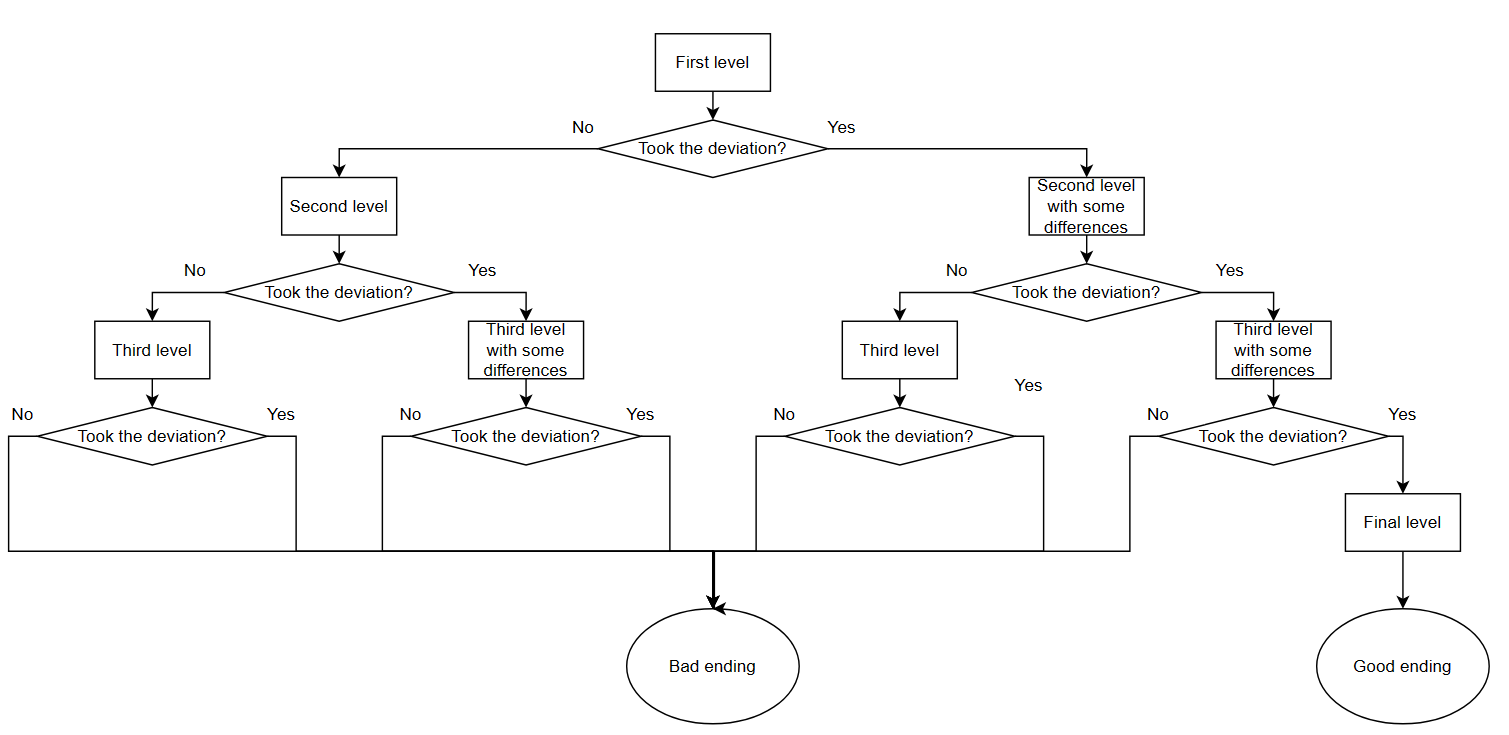
We decided to make only two endings, because if we consider every possible combination of decisions there would be eight possible endings and that was impossible for only ten days of development. Instead, having this structure allowed us to add one or two more levels in case we had enough time, as we wanted to experiment with more ideas of platforming levels.
Part 2: Making a priority chart
A really big part of designing a game is the scope; making a way-too-big scope will cause the game to fail due to not being ready on time, so it's always important to have your feet on the ground and make prudent and realistic choices.
That's why we created a priority chart that allowed us to follow a route on the development of the game. We gave a number of importance to each part of the game, so if we do not have enough time we could remove that part of the game. If the number is higher, that part is more priorly:
| Part of the game | Time it will take | Importance |
| Player mechanics, animations and sounds. | One day | 5 |
| First level of the game. Should work as a tutorial. It requires a layout, background, tiles, music and sounds. | One day | 5 |
| Second level of the game. It requires a layout, background, tiles, music and sounds. It could have a boss. | One and a half days | 4 |
| Third level of the game. It requires a layout, background, tiles, music and sounds. It could have a boss. | One and a half days | 3 |
| Fourth level of the game. It requires a layout, background, tiles, music and sounds. It could have a boss. | One and a half days | 1 |
| Final level of the game. It requires a layout, background, tiles, music and sounds. It requires a final boss. | One and a half days | 4 |
| General polish. Bug fixing. Adding particles and effects. | One day | 2 |
As you may see, we actually had to cut content from the game, but it didn't affect the final result due to planning the importance. Because of this, we managed to plan the game with only 3 main levels, and add a fourth one if we had time (thing that we did).
Part 3: Creating a world, a story and characters
For creating our main character we decided the absolute most important thing of a game, the basic movement mechanics:
| Walk and jump | Our character will be able to walk and jump like the majority of the platforming games characters do. |
| Melee attack | We decided to add a basic attack of small range. |
| Dash attack | We wanted to experiment with dash mechanics, as a movement and as a way to attack enemies. |
Once we decided the main mechanics, we thought of a lot of settings for the world: fantasy, sci-fi, modern times, etc., but the one that we liked the most was a mix of steampunk and fantasy, so with that in mind it was time to write the story.
For the story, we wanted something a little less goof (again, contrarily to our other games haha), so we went for a more serious story and characters. For that, we got inspired by Urasawa Naoki's Pluto and Plato's Allegory of the cave, and, for the exact story, we did get inspired (and a lot) by Tengen Toppa Gurren Lagann.
After writing the exact story and having the mechanics, None could make the visual designs for the game. Personally, he likes to design characters based on their mechanics and story to add elements of both things to their design.
As we previously created characters with swords, hammers and knives, this time we decided to choose a drill as the main weapon of the character. We thought that it matches with a steampunk aesthetic, so we took some elements of characters that belong to stories in steampunk contexts to design her:

As we decided to have a limited color palette for the game, it was hard to choose the best color for our character. Our character was allowed to have five colors only.
Here is our final choice. Her name is Lillia:
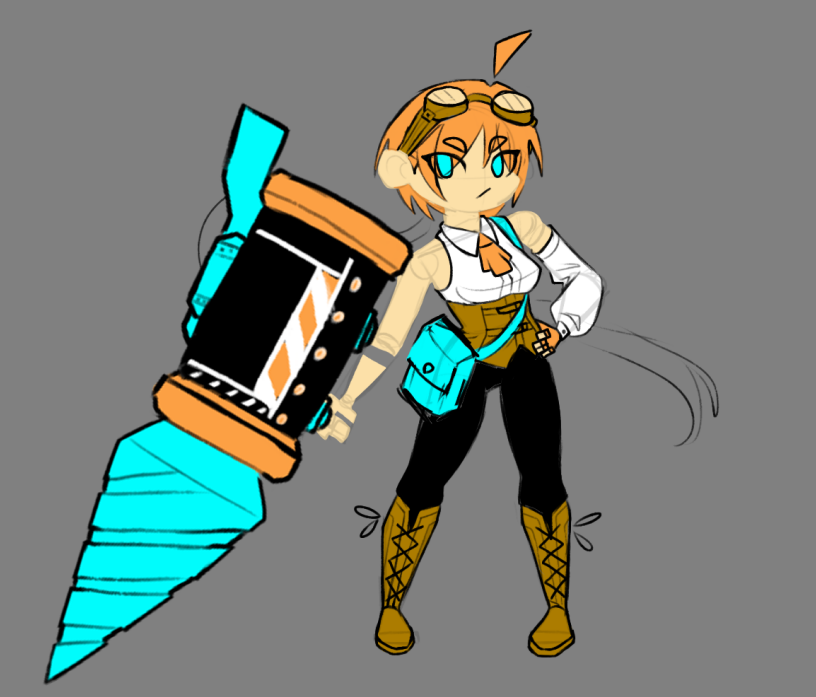
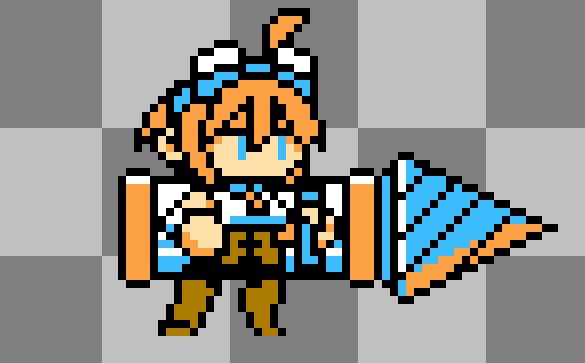
As you may see, we had to remove a few elements of her design to fit in the 32x32 resolution and change the color of the goggles to make them pop-out a bit more (actually we had to stretch that for the drill and the top-part of the sprite).
Fun fact: the all of the graphics of the game are made using the color pallette and color restrictions from the original NES! (with a few exceptions, of course).
And as for Queen Margaret, we thought of this cold and serious matriarch, who was indeed an antagonist but not necesarily a villain, she just wanted to keep things under control by her own ways, even if it wasn't ethical.
With this backstory, we could easily make her design:
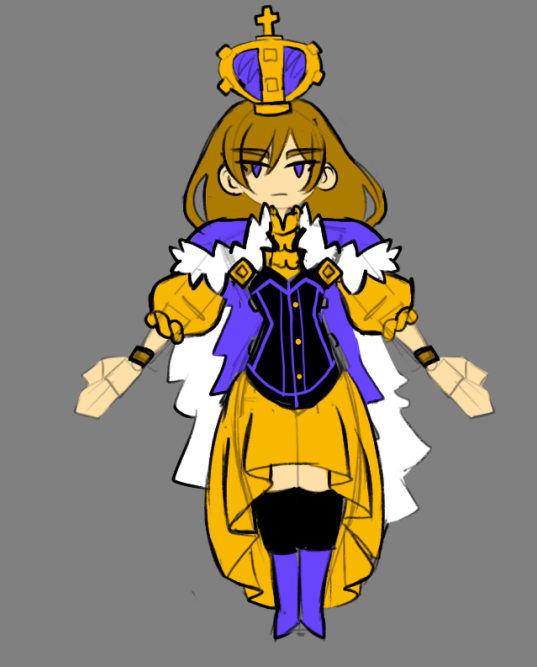
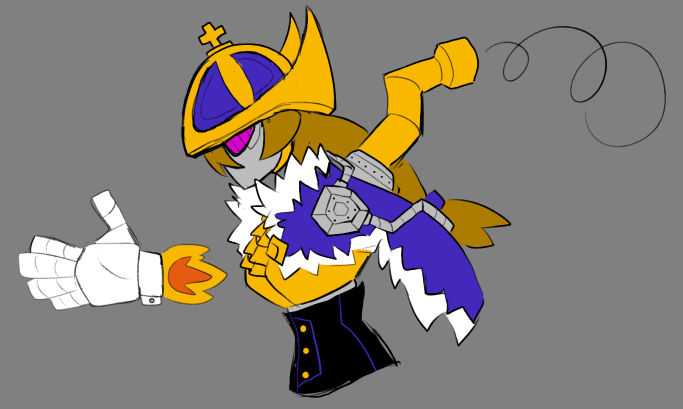
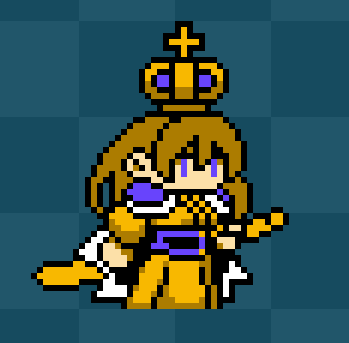
For Queen Margaret as well, the design had to change a lot due to being too detailed to fit in the main resolution of the game, so we had to make a lot of adjusts.
Part 4: Making the tutorial
There are a lot of games that have a tutorial that holds your hand too much and doesn't let go, making it really boring and even frustrating to play. We learned that both from games we've played and from games we designed, so with that in mind, we think that the correct way to explain the basic mechanics was showing the controls on screen and letting the player experiment with freedom. That is why this level does not have a lot of obstacles, just the necessaries to make sure that the player is learning the basics.
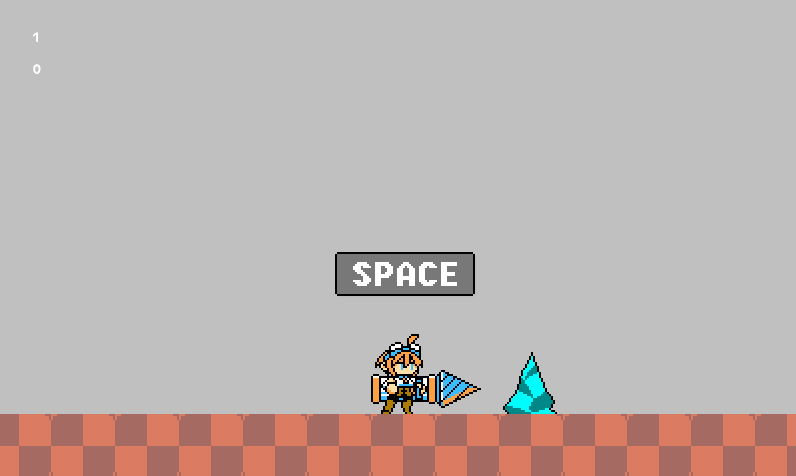
It is important to consider that every player is different and they will play the game the way they want, so the keys on screen were meant to consider the different solutions that the players could use. For example, it does not matter if the player broke the blocks with the slash or the dash, as both are valid solutions.
For the rest of the level, we explored the basic mechanics of the player, so it was made with breakable blocks, simple enemies and easy jump and dash sequences, and for the last part of the level, which is hidden and works as the first deviation, we designed a simple jump and dash sequence but with some enemies shooting from the other side of the room, requiring the player to practice his basic abilities.
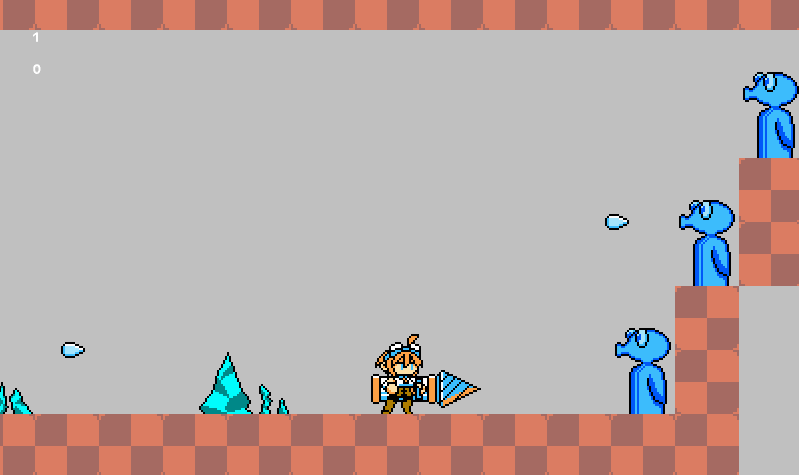
Part 5: Designing the Magmatic Caves
There were two big problems to solve designing this level. The first one was making moving platforms and the second was designing the sections considering two possible scenarios: the vertical platforms are active or inactive. If the player takes the first deviation, the platforms will be moving up and down, but if he does not, the platforms will fall once the player steps on them.
As we had a lot of problems programming the moving platforms, the level design was really limited. We could not place the platforms too close and the player was not meant to be under them, so we spent a lot of time bug-fixing and making sure the game doesn't break as much as it used to.
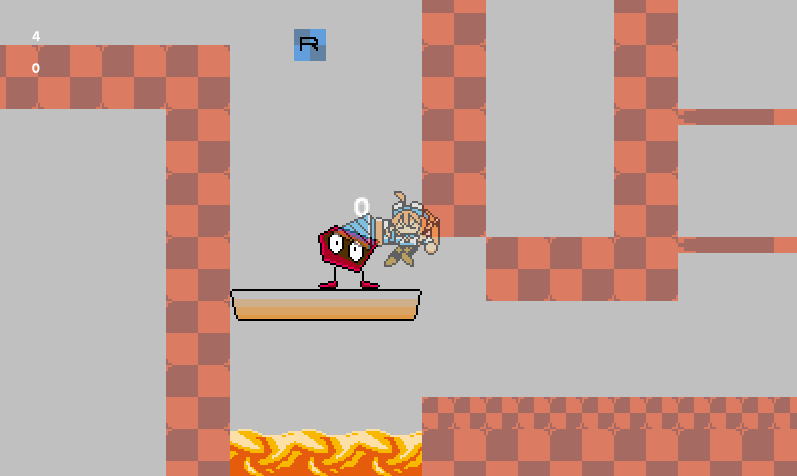
For the second section we wanted to make the player practice his dash attacks. That is why we added the Golems. They are enemies that can be defeated only being pushed into the lava.
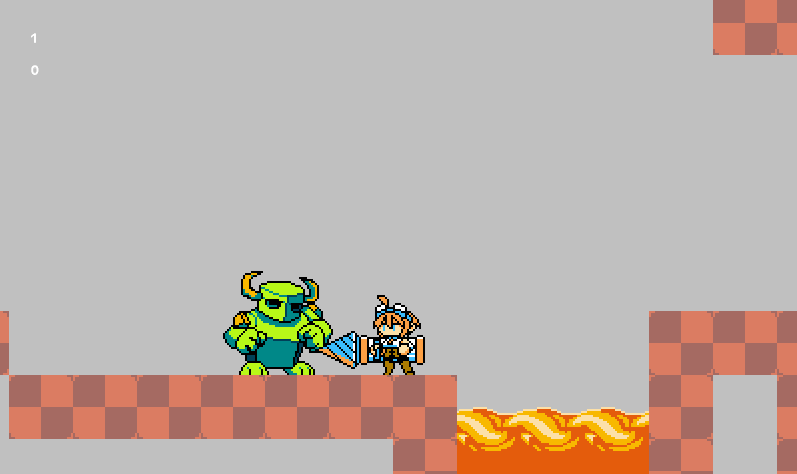
If you throw all the golems in this section, the volcano will become active and some magma columns will start to grow. Having this in mind, we designed the final section of the level, that works as the deviation. We added horizontal moving platforms to make the level design more interesting. This kind of platforms are active only if the player is stepping over them.

For the sprites, we thought it would be really cool a cave with volcanos and clouds made of ashes, so with that in mind we started with the first (really) rough draft:
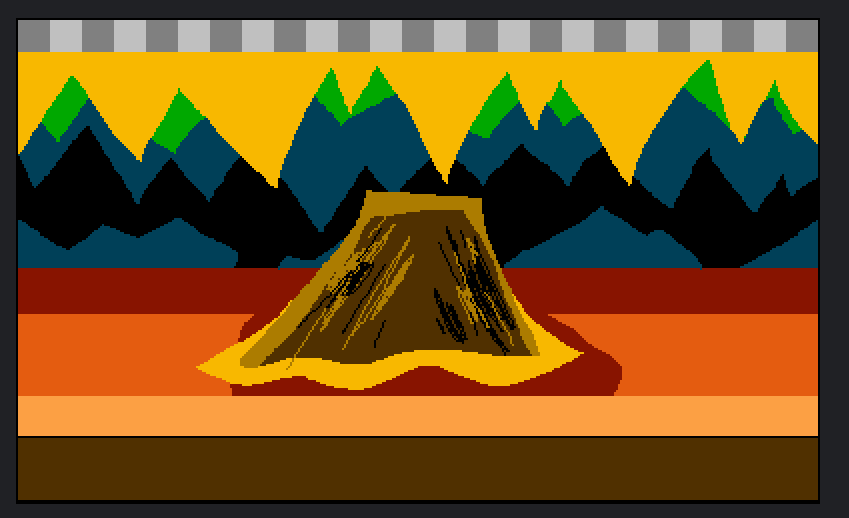
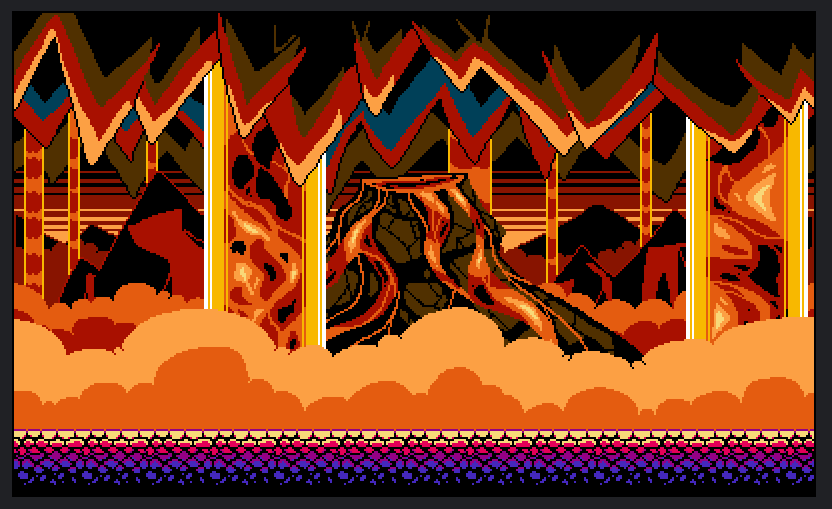
Part 6: Designing the Tonoto Cavern
At the start, we thought that the mechanic of this level could be steam winds that could push the player in multiple directions, but it would be kinda similar to the magmatic caves, so that's when we thought about the idea of purifying venomous water into normal water.
The challenge with this zone was harder, because the difference between the two versions of the levels was that the poison was turned into water. It means that an obstacle was transformed into a movement resource. Both versions of this level are completely different.
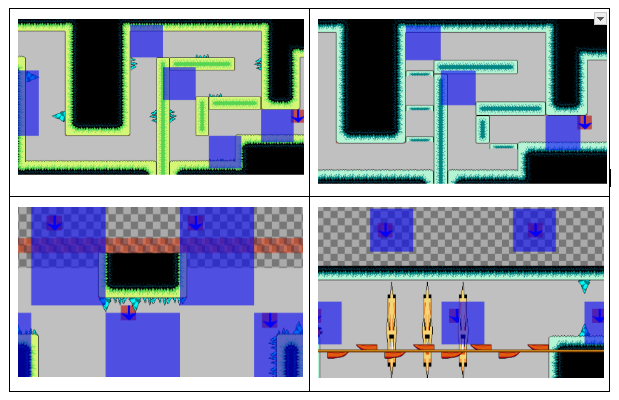
Visually this was the hardest zone to make, due to not being able to imagine how the level would look like. You'll see that the drafts are really different one from another:
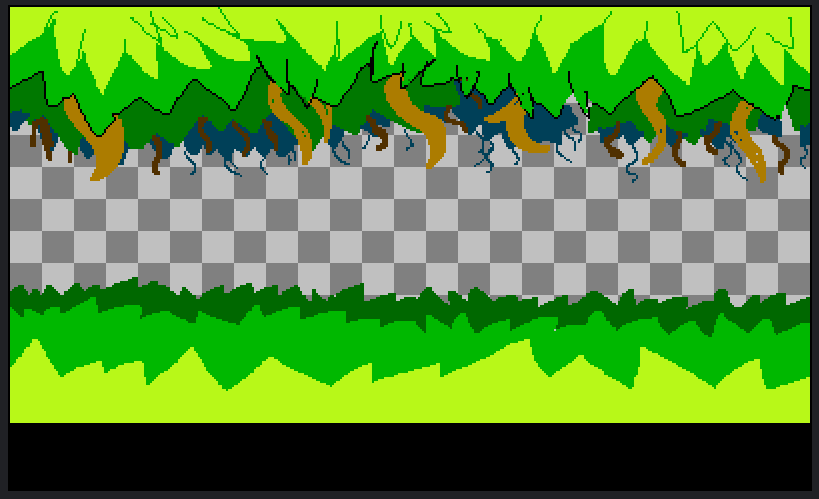
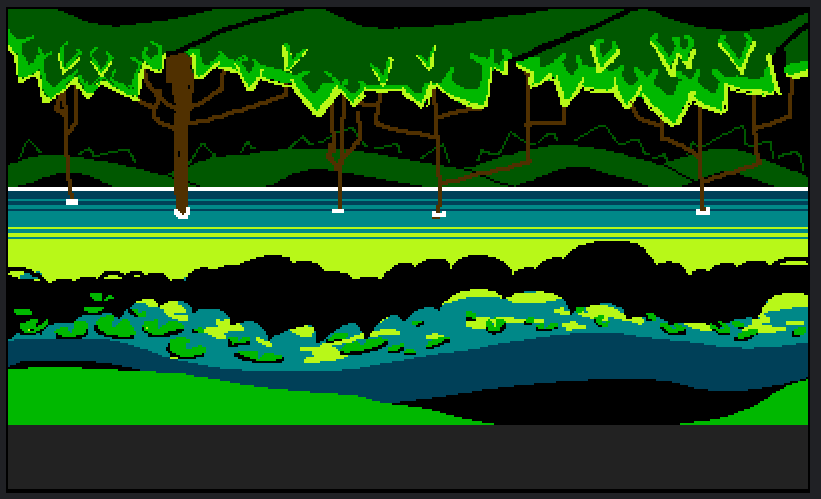

Sometimes, it's best to simply do a thing from 0 if it doesn't work from the start, so that's what we did:

Part 7: Designing the outside
None really wanted to make a floating-island level inspired by the likes of Skyward Sword, Cave Story and Sky Sanctuary from Sonic 3 & Knuckles, so we designed a level based on the surface of the island, making the dream of Lillia come true!
For the design, we thought that as of the last level, we could have the luxury to make a harder level, due to us loving difficult and challenging games, so we went for a more high-paced level design with more precise platforming, but actually we had to nerf it a little bit due to exceeding with the difficulty (oops).
Visually, this was the easiest zone to make due to already having the inspiration and being able to visualize how it would look like, so the drafts aren't that different from the final product:
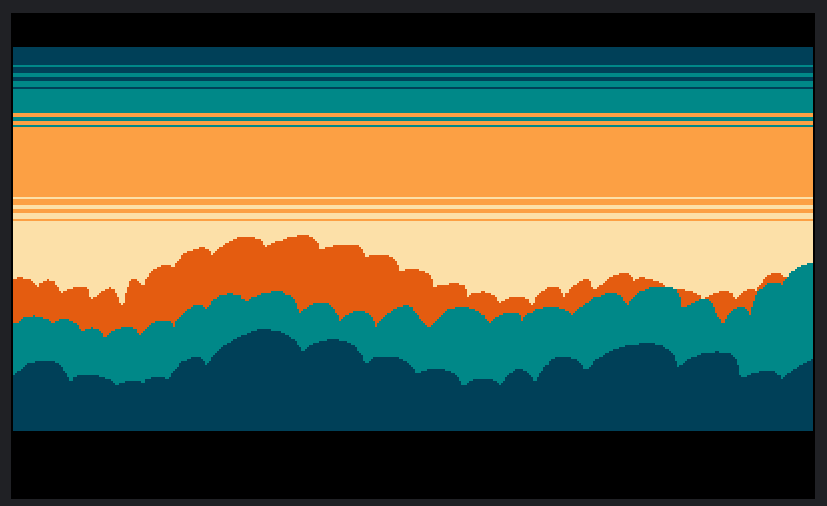
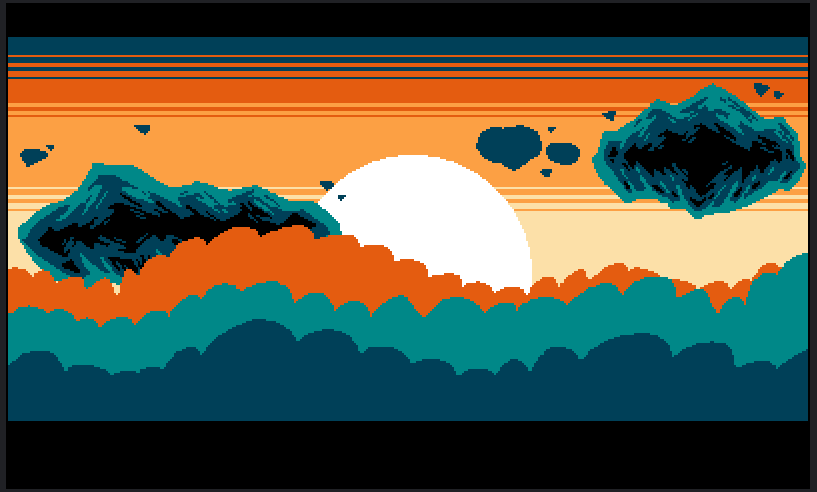
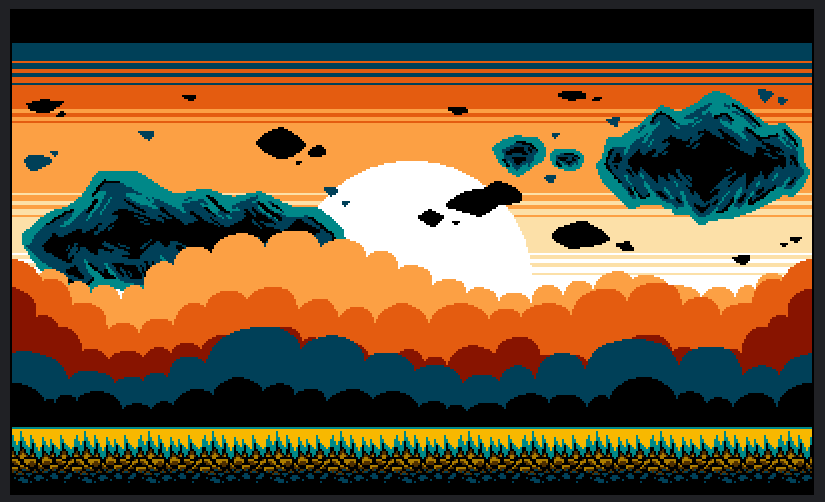
The design of the first part of this level was highly inspired by Geometry Dash, with the "auto-building" section, the floating spikes and structures. The second one was inspired by Super Mario 3D World with the jump-changing platforms and the ones that activate and deactivate in order.
Part 8: Bosses
We think that the bosses are one of the most important parts of any game that has them, so thanks to our previous experience we were able to make bosses with a more balanced design.
Because we were running out of time, we decided to keep the scope simple for the bosses, so that's what we did:
- For the Golem King, we thought that, as the first boss, he should be really simple but with a twist: the way to defeat him is the same way to defeat the normal golems! For this fight we got inspired by Mario 64.
- For the Tonoto King, we had the idea to make a silly boss, so we thought of a really silly humanoid frog that would proclame himself as the king of the tonotos, when in reality he isn't.
- Finally, for the queen, we thought it would be really cool if she was a swordswoman, so we gave her a sword and some really cool-looking sword techniques. We even got inspired by Vergil from DMC for one of her attacks!
As for the little easter egg, we really wanted to make some tipe of lovecraftnian-horror boss, but we didn't have enough time to make a full level for the boss, but even so we managed to actually develop him just in time! In case you missed him, sorry, we didn't have the time to show how to fight him, but...
ZERO will be waiting for you at the titlescreen! Go challenge him... if you can!
Part 9: General polish and music
For our last day we had the base game 100% finished, we just needed to connect the whole game and cinematics and balance some things. Once we did that, we added some cool VFX and SFX to make the game more satisfactory to play! The most important part of a game is the design, but the game-feel is very important too!
As for the music, we decided to make the game's music with 8-bit sounds. As they sound pretty similar, we decided to add some effects like distortion, reverb or echo. The style results into something similar to chiptune. Sadly, we are not experts composing music, so our biggest technique was attempting and failing multiple times. We worked with BeepBox, a free online tool that helped us with scales and an easy way of composing. Even with that, we learned a little bit of music theory, creating chord progressions and how they can change the feeling that the song provoques. We would like to make better songs in the future, experiment with other genres and take distance of the music that we made before in games like Plotonium Explosive Smasher: Machine Slayer or Part-Time Death. If you listen closely, you'll notice a lot of similarities between the soundtracks of these games and Pierce & Drill.
Part 10: Final thoughts
Some of you said that you were impressed that this game was made in 10 days, and, first of all, we're really flattered for your kind words! Thanks! But, the secret of that is... overexploiting ourselves. Yes, we spent a lot of days sleeping bad or even without sleeping at all. Yes, it is unhealthy not only physically, but mentally too, but this was what we really wanted, so with a really strong mental that we acquired from previous experiences, we were able to finish the game in time and give our 1000%!
We learned a lot from all the jams we participied on, and that's why in this one we learned from our mistakes and managed to finish the project successfully, even with all the fails and burnout.
As for our final words, we want to thank all of you who played and rated the game, we are truly gratefull for your kindness! Also, a special shout-out to GoedWare for organizating the jam!
English is not our first language, so pardon us for the grammatical mistakes in both the game and the devlog. ^^U
And remember, never give up and pierce the heavens!
-Geomont and None.
Files
Get Pierce & Drill
Pierce & Drill
Find the deviations and change the story of the game. Even the levels could be different.
More posts
- Pierce & Drill got a new update! || V_1_0May 04, 2024
Leave a comment
Log in with itch.io to leave a comment.